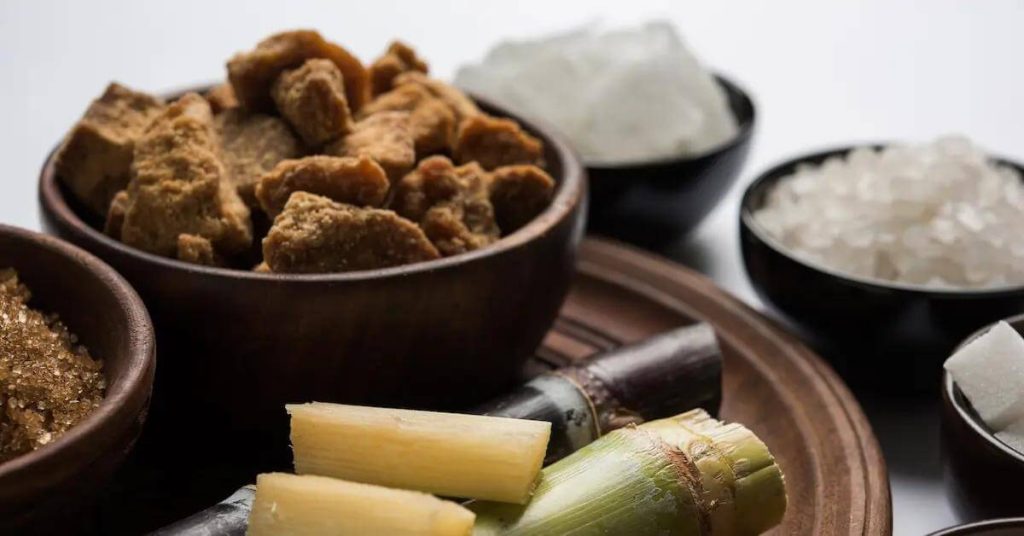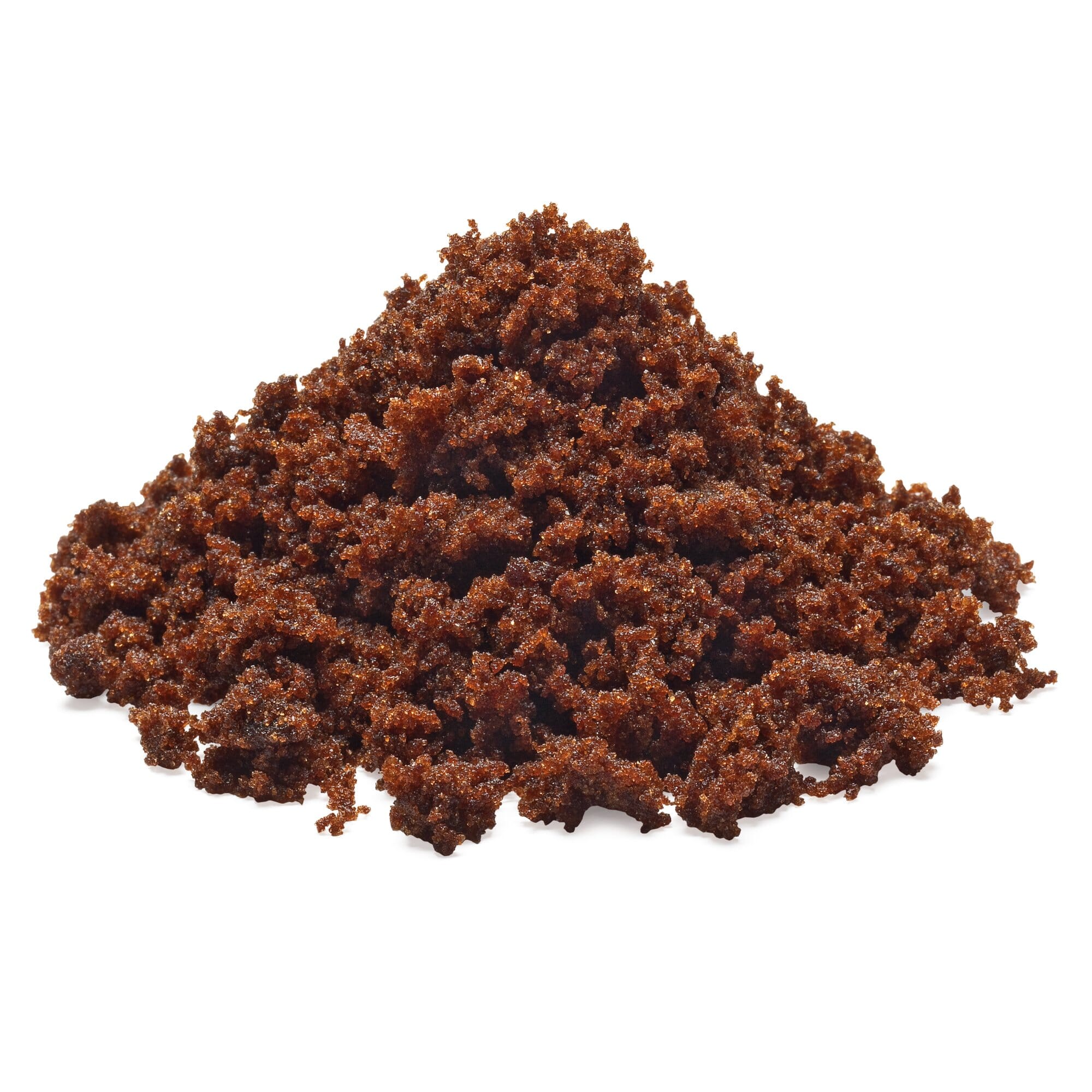The Journey of Cane Sugar Processing: From Harvest to Crystals
Wiki Article
Discovering the Comprehensive Tips Included in Walking Stick Sugar Processing From Collecting to Refinement
The process of cane sugar manufacturing encompasses a series of intricate actions, beginning with the cautious harvesting of sugarcane and finishing in the refinement phases that make sure the last product fulfills market criteria. Each phase, from the removal of juice to the purification and formation processes, plays a crucial function in identifying the top quality and character of the sugar.Collecting Sugarcane
Collecting sugarcane is an important action in the cane sugar processing chain, as it directly influences the quality and yield of the end product. Appropriate timing and methods are vital throughout this stage to make certain optimum sugar content and minimize losses. Typically, sugarcane is harvested when it reaches maturation, generally 12 to 18 months after growing, defined by a high sucrose concentration.
:max_bytes(150000):strip_icc()/ms-sugar-getty-cfed0662acca49f7b6e52c593767dfb9.jpg)
Post-harvest, the sugarcane has to be processed quickly to avoid sucrose destruction. Preferably, collected walking cane should be transported to refining centers within 24 hr to maintain sugar high quality. For that reason, reliable logistical planning is essential to preserve the stability of the collected crop throughout the supply chain.
Removal Process

The crushed cane goes through a collection of pressing operations to optimize juice recovery. Typically, warm water is splashed onto the crushed walking stick, producing a countercurrent flow that helps liquify the sugar while additionally aiding in the extraction process. The juice accumulated from this procedure has not just sugar however likewise various natural compounds and pollutants.

To enhance extraction efficiency, some centers may utilize diffusion methods, where the sugarcane is taken in warm water, permitting the soluble sugars to diffuse right into the liquid. The resulting juice, abundant in sucrose, is after that directed to succeeding handling stages, laying the structure for purification and refinement. The removal process is therefore pivotal in identifying the high quality and return of the final sugar product.
Filtration Strategies
The purification methods employed in cane sugar handling are crucial for transforming the raw juice right into a top quality sugar product. These approaches mainly intend to remove contaminations, such as soil, plant materials, and not natural compounds, which can negatively affect the last product's taste and shade.This procedure entails including lime and heat to the raw juice, which assists in the coagulation of impurities. Additionally, the use of phosphoric acid can improve the clarification process by additional binding contaminations.
Another significant method is carbonatation, where co2 is presented to the made clear juice. This reaction produces calcium carbonate, which catches continuing to be pollutants and advertises their elimination.
Moreover, turned on carbon therapy might be put on adsorb any type of remaining colorants and natural contaminations, ensuring a more refined item. The mix of these my sources approaches efficiently prepares the sugar juice for subsequent steps in the refining procedure, establishing the phase for the manufacturing of top quality cane sugar.
Crystallization Techniques
After the purification phase, the following critical action in cane sugar processing involves crystallization approaches, which play a crucial duty in changing the made clear juice into solid sugar. This procedure typically uses 2 main methods: spontaneous crystallization and regulated formation.In spontaneous crystallization, supersaturated sugar services are permitted to cool down normally, leading to the formation of sugar crystals over time. This method allows for the consistent growth of sugar crystals and higher pureness.
Throughout crystallization, the made clear juice is concentrated via evaporation, boosting its sugar content up until it gets to supersaturation. Once this point is attained, either approach can help with the condensation procedure. Cane Sugar Processing. The resultant sugar crystals are then separated from the continuing to be syrup via centrifugation
Eventually, the selection of condensation approach influences the quality, size, and purity of the final sugar product, making this step vital in the general walking cane sugar processing procedure.
Improvement and Product Packaging
Exactly how can the purity and high quality of cane sugar be further enhanced after condensation? The refinement procedure plays a crucial duty in achieving premium cane sugar.Next, the sugar undergoes a process called centrifugation, where it is rotated at high rates to divide the cleansed sugar crystals from the remaining fluid. After centrifugation, the sugar is usually additional improved with a method called carbonization or phosphatation, which makes use of triggered carbon or phosphoric acid to remove shade and off-flavors.
When refined, the sugar is dried out to achieve the wanted wetness material, making certain that it stays stable throughout storage and transport. The last step involves product packaging the refined sugar in closed and moisture-proof containers to preserve its quality and protect against contamination. Cane Sugar Processing. Proper product packaging not only expands service life yet likewise assists in very easy handling and distribution, making sure that customers receive sugar that satisfies the highest Click This Link requirements of pureness and quality
Verdict
The detailed steps included in walking cane sugar check my reference handling, from the precise harvesting of sugarcane to the detailed improvement and packaging stages, highlight the importance of each phase in making sure premium sugar manufacturing. Optimum harvesting techniques, effective removal approaches, and strenuous purification processes collectively add to the final product's pureness and security. The formation and succeeding packaging practices even more improve the stability and service life of the sugar, highlighting the intricacy and accuracy integral in this vital farming market.The process of walking stick sugar production includes a series of elaborate steps, beginning with the mindful harvesting of sugarcane and finishing in the improvement stages that guarantee the final product meets industry criteria. Preferably, gathered cane should be transported to refining facilities within 24 hours to preserve sugar top quality.In spontaneous condensation, supersaturated sugar solutions are allowed to cool down normally, leading to the formation of sugar crystals over time - Cane Sugar Processing. The refinement procedure plays a vital function in achieving top quality cane sugar.The thorough actions involved in cane sugar processing, from the meticulous harvesting of sugarcane to the detailed refinement and packaging phases, underscore the importance of each stage in making sure premium sugar manufacturing
Report this wiki page